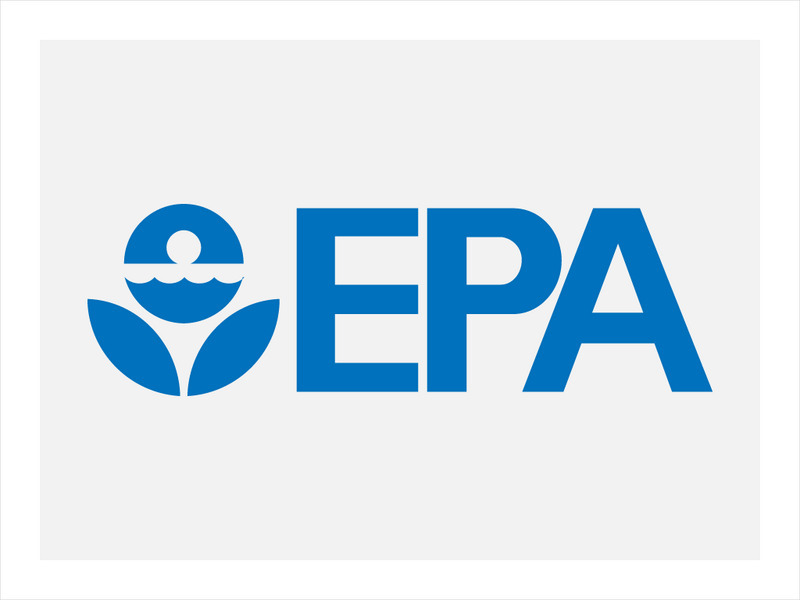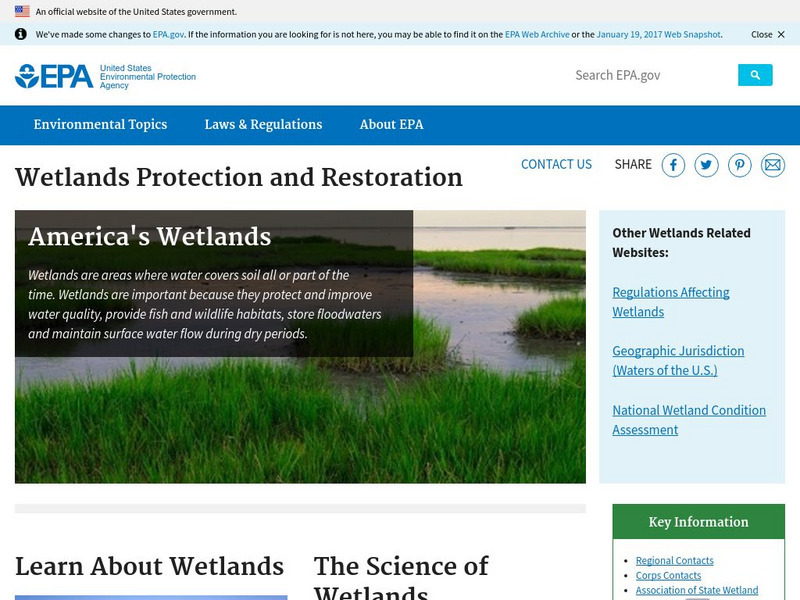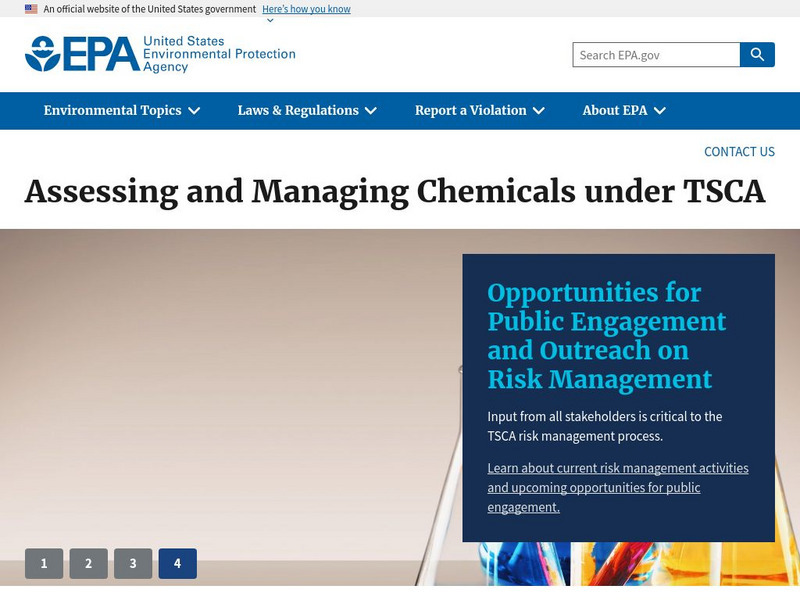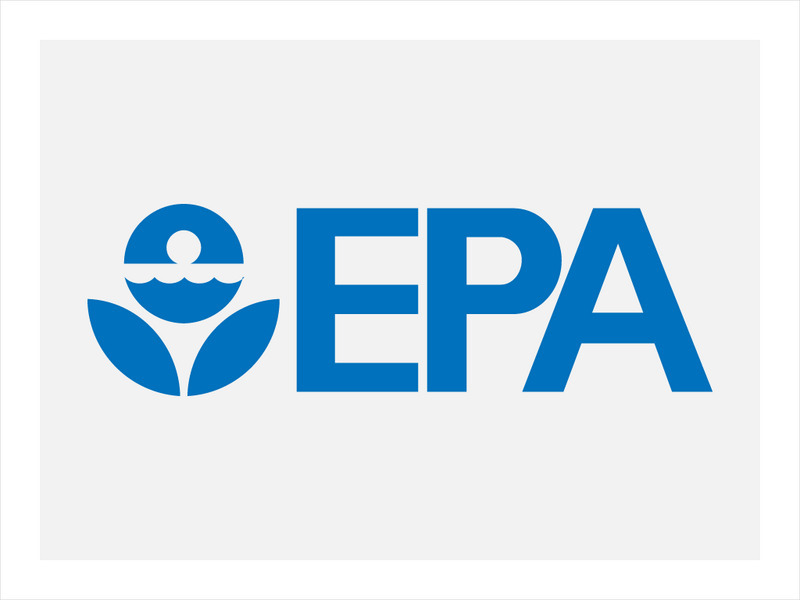US Environmental Protection Agency
Epa: Where Does Your Water Come From? [Pdf]
Where does your drinking water come from? This resource features a clear and concise explanation for this question. This resource will be beneficial to students and teachers.
US Environmental Protection Agency
Epa: The Water Cycle [Pdf]
An illustrated diagram of the water cycle that students can use for study.
US Environmental Protection Agency
Epa: Thirstin's Water Cycle Activity [Pdf]
This resource presents a simple set of instructions for building a model of the water cycle in a lidded jar.
US Environmental Protection Agency
Epa: Water Treatment Process
In this illustratd diagram of the water treatment process, click on each step to learn more information.
US Environmental Protection Agency
Epa: Status and Trends of Wetlands in the Us
This interesting resource that discusses the major causes of wetland degradation and destruction and its impact on our life.
US Environmental Protection Agency
Epa:wetlands Protection and Restoration
Why have more than half of America's original wetlands been destroyed? What are the benefits of wildlife to people and the environment? Where are wetlands found? Find out the answers to these questions here.
US Environmental Protection Agency
Epa: Chemicals in the Environment
Information summaries on some chemicals and descriptions of how you might be exposed to these chemicals, how that exposure might affect the environment, etc. Please note that this type of information changes rapidly.
US Environmental Protection Agency
Epa: List of Drinking Water Contaminants
Table outlines the EPA's standards for safe drinking water, defining levels of contaminants and listing possible sources of these contaminants.
US Environmental Protection Agency
Epa: Measuring the P H of Natural Water
How acidic is your water? "In this experiment, you will measure the pH of natural water located near your home or school."
US Environmental Protection Agency
Epa: Gulf of Mexico Program: Woodland Cultures (2000 Bc to 1,000 Bc)
This site presents information on the three periods of Woodland Culture. It briefly describes how the Woodland culture began as small villages depending on subsistence farming and hunting. Also describes the move to the mound building...
US Environmental Protection Agency
Epa: Radon
Download a copy of the National Radon Results - 1985-1999 and see the "ASTM International "Standard Practice for Radon Mitigation Systems in Existing Low-Rise Residential Buildings."


![Epa: Where Does Your Water Come From? [Pdf] Lesson Plan Epa: Where Does Your Water Come From? [Pdf] Lesson Plan](https://content.lessonplanet.com/knovation/original/41160-83ff7c05b0f0460206fa551d2700d8dc.jpg?1661270414)
![Epa: The Water Cycle [Pdf] Graphic Epa: The Water Cycle [Pdf] Graphic](https://content.lessonplanet.com/knovation/original/42176-ac4345d9392f3783430ed3628fd17cec.jpg?1661261553)
![Epa: Thirstin's Water Cycle Activity [Pdf] Activity Epa: Thirstin's Water Cycle Activity [Pdf] Activity](https://content.lessonplanet.com/knovation/original/42177-3463950814dbad483d30b2fc4d3e1b32.jpg?1661270397)







